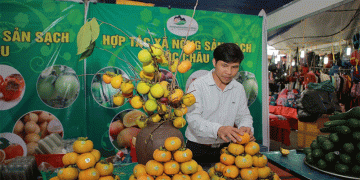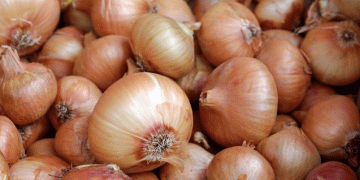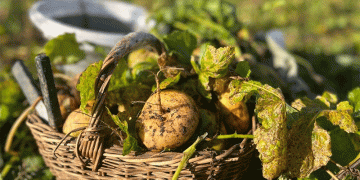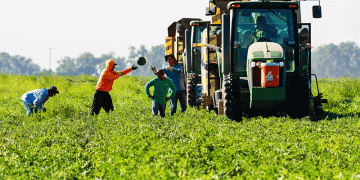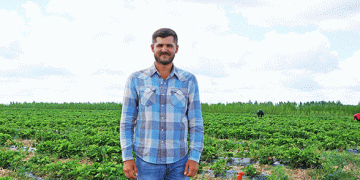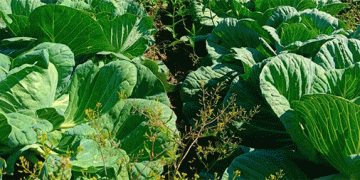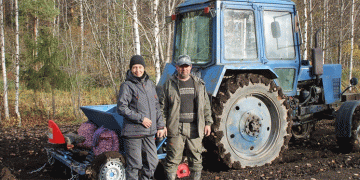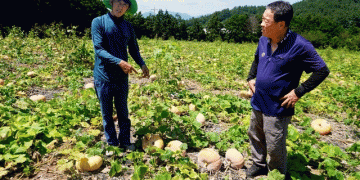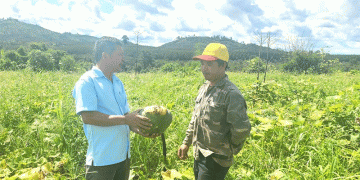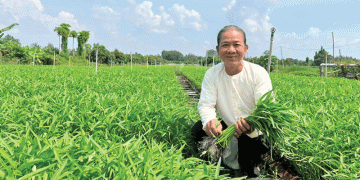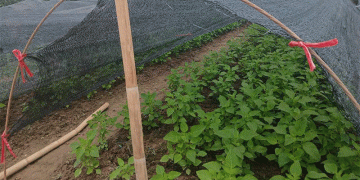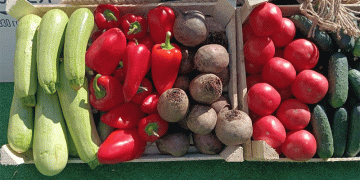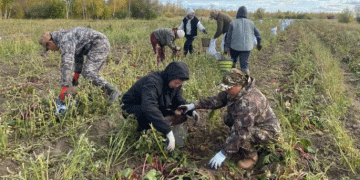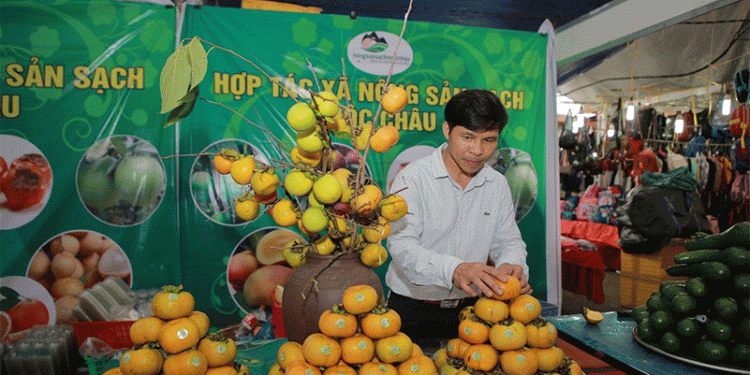Nestled in the heart of the Moc Chau plateau, Vietnam’s Tao Nguyen district is emerging as a powerful case study in modern, high-value agriculture. Formed from a merger that created an area of over 53 km², the district’s sub-temperate climate and plateau topography provide an ideal environment for cultivating temperate fruits, flowers, vegetables, and medicinal plants. This natural advantage is being aggressively leveraged through a strategic shift towards high-tech and organic farming, focused on value addition and export-oriented production.
The scale of development is significant. The district now boasts 2,276 hectares of fruit trees, 515 hectares of tea, and over 400 hectares of vegetable production. This growth is driven by a network of 24 agricultural cooperatives, which are central to the district’s strategy. These cooperatives are not just production units; they are innovation hubs. The Moc Chau Clean Agricultural Product Cooperative, for instance, started with 9 members and over 30 hectares, growing plums, longan, persimmon, and citrus. By strictly adhering to VietGAP standards—controlling every step from seed selection to pesticide use—the cooperative ensures premium quality. This focus on quality translates directly to profitability: members earn between 400–600 million VND ($16,000–$24,000) annually after expenses, a remarkable income in agricultural terms.
Beyond fresh produce, Tao Nguyen is mastering value-added processing. The Quyet Thanh Agricultural Cooperative has invested in a 200 m² processing workshop with two drying lines, producing 80 tons of dried fruit annually. This operation generates 4.5–5 billion VND ($180,000–$200,000) in annual revenue and has been crucial for brand development. The cooperative now offers 6 OCOP (One Commune One Product) certified products, including four 4-star items, sold through websites and supermarket chains. This model creates stable jobs and captures more value from the raw produce grown in the region.
Tao Nguyen district presents a replicable model for successful highland agriculture transformation. Its success hinges on a multi-faceted approach: leveraging unique climatic advantages, fostering strong cooperative structures for knowledge sharing and economies of scale, enforcing strict quality and safety standards (VietGAP), and critically, moving beyond commodity sales into branded, value-added processing (OCOP). This strategy effectively builds a resilient agricultural ecosystem where farmers achieve high incomes, reduce post-harvest loss through processing, and create a trusted brand (“Moc Chau”) that commands premium prices domestically and for export. For agronomists and policymakers, Tao Nguyen demonstrates that the future of profitable, sustainable agriculture lies in integration—seamlessly connecting superior genetics, precision farming, certified production processes, and agile market-oriented processing into a single, cohesive value chain.
